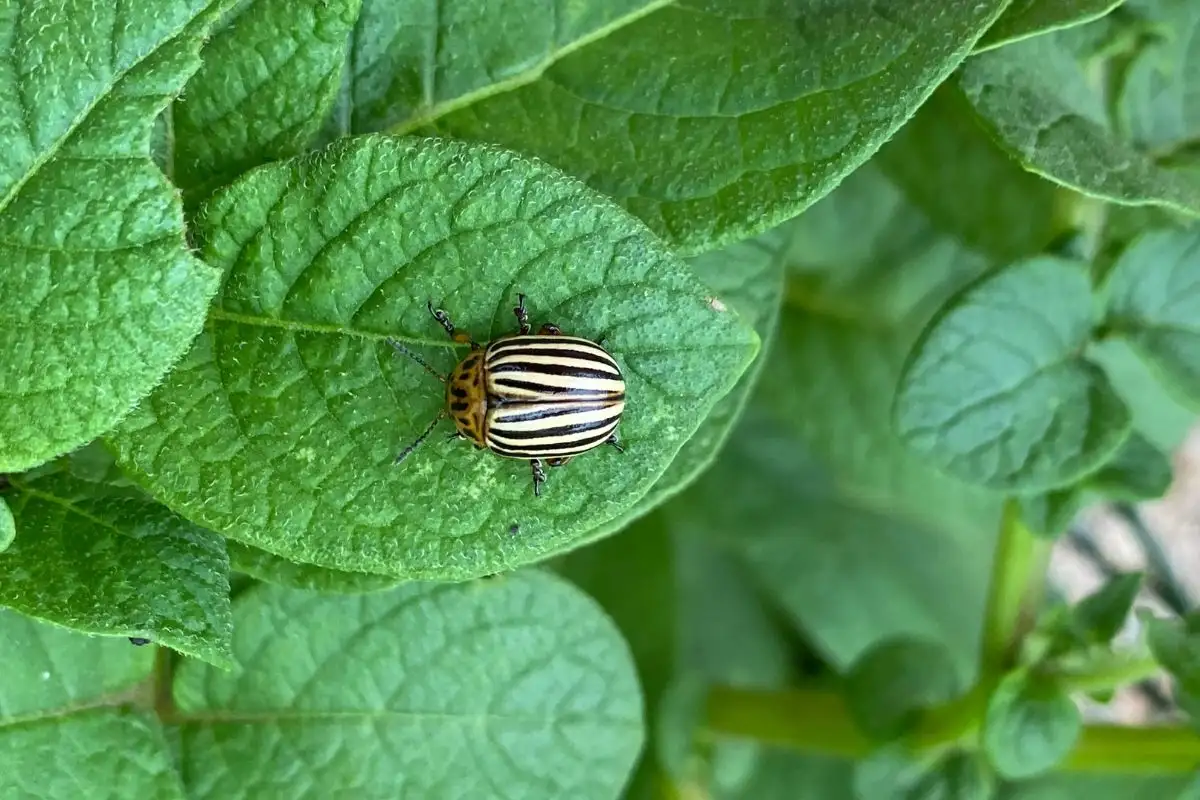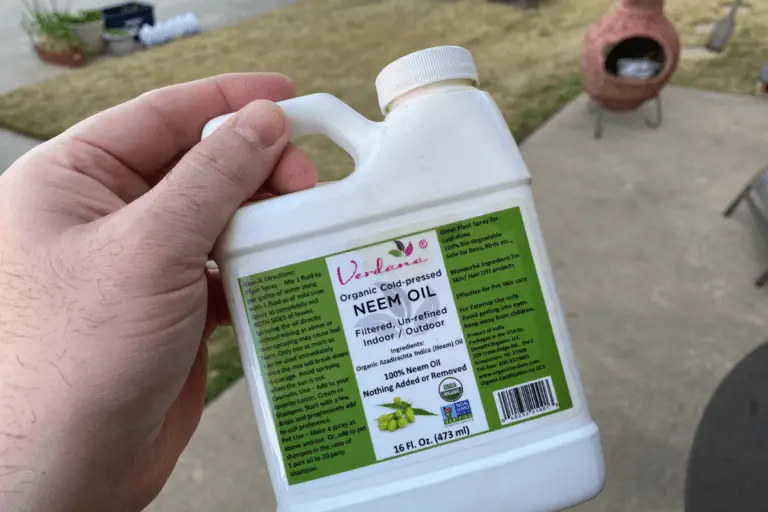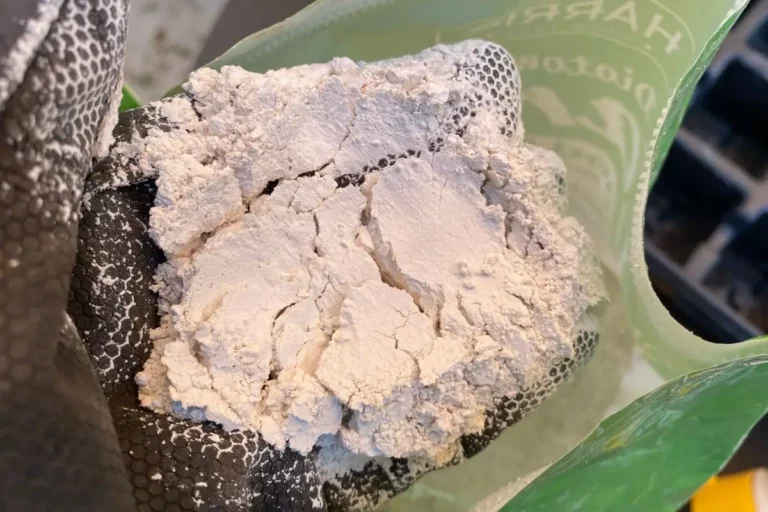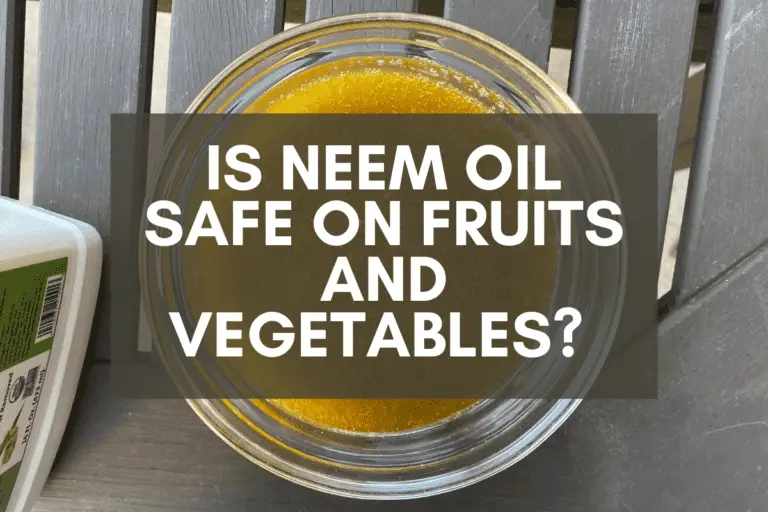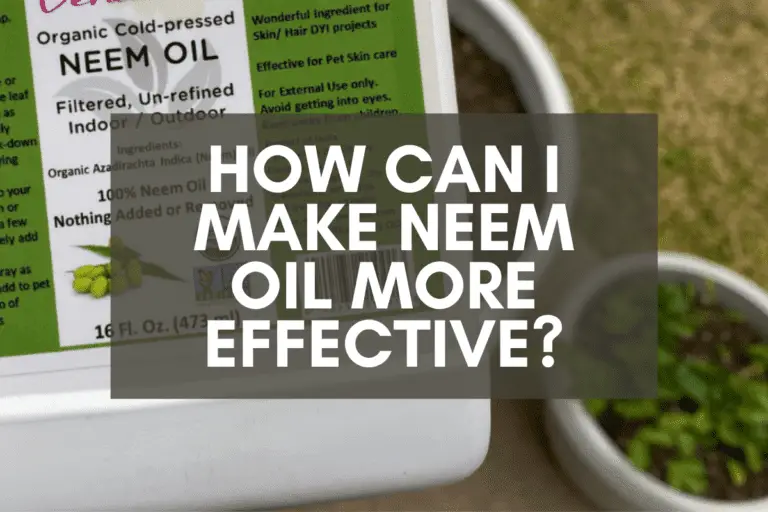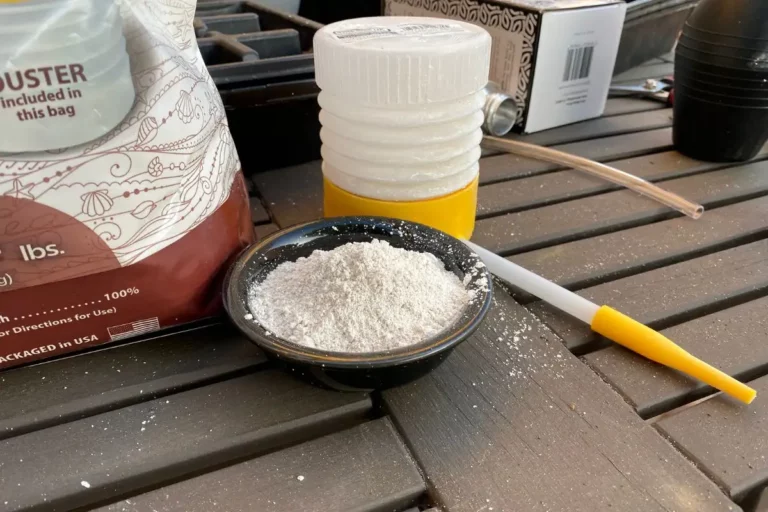What Bugs Will Diatomaceous Earth NOT Kill?
Diatomaceous earth (DE) is a great, non-toxic way to kill off all kinds of common garden pests. But even as it does so, some pesky bugs stand their ground, showing a surprising resistance to DE’s abrasive particles.
So which bugs won’t be harmed or killed off by DE?
As a general rule, diatomaceous earth won’t kill or deter pests with tough, mature exoskeletons (such as large, hard-shelled beetles) or bugs with slimy, oozy protective coatings, including slugs and snails. These bugs won’t enjoy exposure to DE, but they’ll withstand DE’s abrasiveness.
Diatomaceous earth is a naturally occurring powder derived from fossilized aquatic organisms known as diatoms. The microscopic, sharp edges of DE cut through the exoskeletons of many insects, leading to their dehydration and death.
But hard-shelled bugs and their oozy counterparts have natural protections against DE. The former’s shells can guard against abrasions while the latter’s slimy exterior keeps the DE away from its tender body parts.
To explore this topic in more depth, I’m going to cover the following topics below:
- Provide a detailed list of bugs that DE doesn’t work well against.
- Share insights into how long diatomaceous earth stays potent
- Explain how often you’ll need to apply (and reapply) DE to maintain its effectiveness.
Now that I’ve covered the basics, let’s get going and learn more about the usefulness and limitations of diatomaceous earth.
12 Bugs That Diatomaceous Earth Won’t Harm or Kill
Let’s first take a look at diatomaceous earth’s mode of action.
DE, a powder composed of fossilized siliceous diatoms, possesses tiny but sharp edges and is incredibly absorptive.
These edges can tear into the protective exoskeletons of various bugs and absorb their internal moisture, leading to their dehydration and inevitable demise.
Yet some insects and critters manage to defend against DE. These bugs have either developed tougher, more resistant exoskeletons or possess an oily or waxy surface that reduces DE’s dehydrating effect.
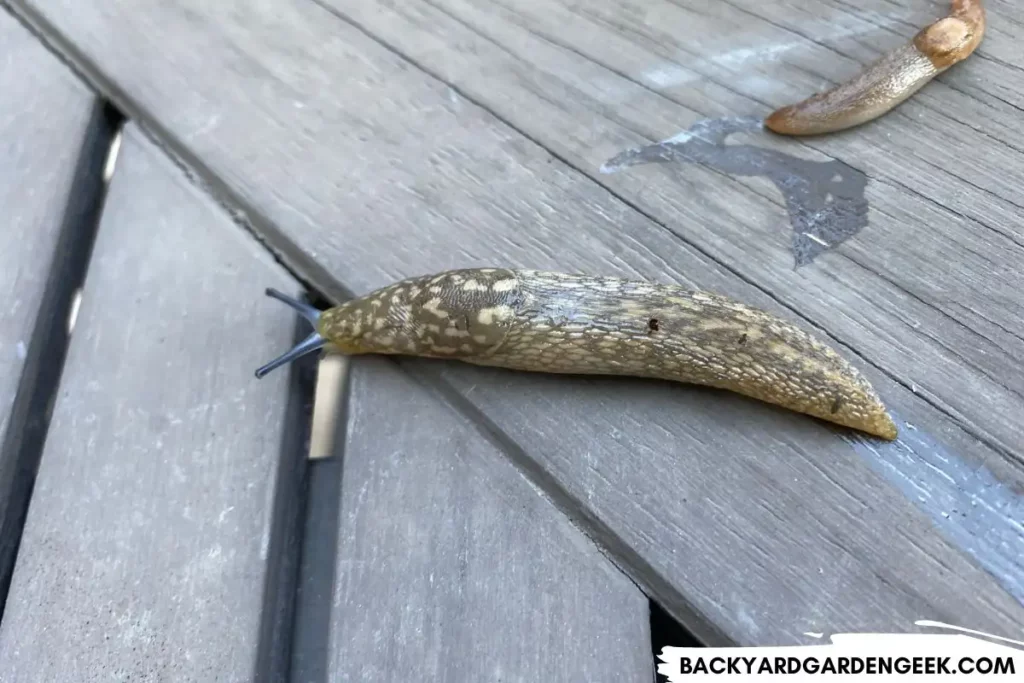
Here’s a list of bugs, both bad and beneficial ones, that can either evade or withstand DE’s worst effects to varying degrees:
- Beetles (large, mature ones)
- Earthworms
- Flies (they’re fast and agile and won’t die unless you spray them directly)
- Leaf-Footed Bugs (only the largest ones)
- Ladybugs (unless they get covered in it)
- Mosquitoes
- Pill Bugs (also known as roly-polies or woodlice, they can withstand minor exposures)
- Roaches (the larger ones in particular)
- Slugs
- Snails
- Squash Bugs (only the largest ones)
- Stink Bugs (only the largest ones)
- Wasps (they’re quick, so they’ll evade DE unless sprayed directly)
Now let’s take a look at a few of these species in particular and how they respond to DE:
Beetles: Beetles, especially the larger varieties, have hard exoskeletons. This shell can often provide sufficient protection against the abrasive edges of DE. For large beetles, you might have to spray DE more heavily to kill them off. For smaller beetles like cucumber beetles, you won’t need as much DE, but you’ll need to be vigilant.
Earthworms: Unlike many pests, earthworms are beneficial to your garden, helping to enrich the soil. Luckily, DE doesn’t affect them. The moist environment in which earthworms thrive prevents DE from causing harmful dehydration.
Ladybugs: Unlike aphids, one of their favorite food sources, ladybugs are hardy insects, but they’re not resistant to DE. They can withstand some minor DE exposure, but if you cover your plants in DE, they might not survive.
Pill Bugs: Pillbugs, also known as roly-polies or woodlice, are shielded by a hard, shell-like outer layer. This armor allows them to resist some exposure to DE, just like beetles and ladybugs. If you cover them in it, they won’t survive, but they can take a little here and there.
Roaches: Cockroaches, particularly larger ones, have a protective exoskeleton similar to beetles, which can help the bug survive against minor DE applications.
Slugs and Snails: These garden pests are infamous for their slimy, moist exterior. This dampness acts as a protective layer, preventing the dehydration caused by DE. Additionally, their lack of an exoskeleton keeps them safe from DE’s abrasive action.
For a quick, handy guide, check out the table below to see how well DE works against literally dozens of bugs you’ll find in your garden:
| Bugs | Effective | Somewhat Effective | Somewhat Ineffective | Ineffective |
|---|---|---|---|---|
| Ants | ✔ | |||
| Aphids | ✔ | |||
| Armyworms | ✔ | |||
| Asparagus Beetles | ✔ | |||
| Bagworms | ✔ | |||
| Bark Beetles | ✔ | |||
| Blister Beetles | ✔ | |||
| Boll Weevils | ✔ | |||
| Borers | ✔ | |||
| Boxelder Bugs | ✔ | |||
| Cabbage Worms | ✔ | |||
| Cankerworms | ✔ | |||
| Caterpillars | ✔ | |||
| Chinch Bugs | ✔ | |||
| Codling Moths | ✔ | |||
| Colorado Potato Beetles | ✔ | |||
| Corn Earworms | ✔ | |||
| Cucumber Beetles | ✔ | |||
| Cutworms | ✔ | |||
| Earwigs | ✔ | |||
| European Pine Sawflies | ✔ | |||
| Flea Beetles | ✔ | |||
| Flies | x | |||
| Fruit Flies | ✔ | |||
| Fungus Gnats | ✔ | |||
| Grasshoppers | ✔ | |||
| Grubs | ✔ | |||
| Harlequin Bugs | ✔ | |||
| Hornworms | ✔ | |||
| Japanese Beetles | ✔ | |||
| Lace Bugs | ✔ | |||
| Leaf-Footed Bugs | ✔ | ✔ | ||
| Leaf Miners | ✔ | |||
| Leafhoppers | ✔ | |||
| Leaf Rollers | ✔ | |||
| Lygus Bugs | ✔ | |||
| Mealybugs | ✔ | |||
| Mexican Bean Beetles | ✔ | |||
| Mites | ✔ | |||
| Mosquitoes | ✔ | |||
| Pear Psylla | ✔ | |||
| Pill Bugs | ✔ | |||
| Pine Beetles | ✔ | |||
| Root Maggots | ✔ | |||
| Rootworms | ✔ | |||
| Rose Chafer | ✔ | |||
| Scale Insects | ✔ | |||
| Slugs | ✔ | |||
| Snails | ✔ | |||
| Squash Bugs | ✔ | |||
| Stink Bugs | ✔ | |||
| Thrips | ✔ | |||
| Tomato Pinworm | ✔ | |||
| Wasps | ✔ | |||
| Webworms | ✔ | |||
| Weevils | ✔ | |||
| Whiteflies | ✔ | |||
| Wireworms | ✔ | |||
| Yellow Jackets | ✔ |

Just so you know, DE can be used against leaf-footed bugs, squash bugs, and stink bugs, but the largest, most mature of these bugs can shrug off the effects of DE unless they’re practically swimming in it.
Their size and hardy build enables them to withstand or tolerate the minor cuts and dehydration that DE would usually induce in smaller bugs.
Instead of relying on DE for these bigger garden pests, I prefer a more direct approach.
I’ve found that a powerful hand vacuum is a handy weapon against these larger nuisances.
Lightweight and portable, it’ll allow you to patrol your garden, sucking up these big bugs whenever you encounter them.
Once captured, you have a few options to get rid of these pests.
Soapy Water Method: The first method involves dumping them into a bucket of soapy water. The soap reduces the surface tension of the water, making it impossible for the bugs to escape. They drown, providing you with a simple, mess-free solution.
Hand Vacuum Method: Alternatively, after sucking the bugs up with your hand vac, you can opt to dump them onto the ground and squash them (I use a brick when doing so). While a bit messier, this method is effective and fast, ensuring these bigger bugs can’t return to wreak havoc in your garden.
Dealing with larger bugs calls for a strategy that goes beyond relying on diatomaceous earth. It’s about understanding what works best and using the tools and techniques that’ll be most effective.
Now that you’ve got a clearer picture of the pests DE can’t touch, id like to look at the lifespan of DE and how environmental factors can influence its effectiveness.
How Long Does Diatomaceous Earth Stay Active?
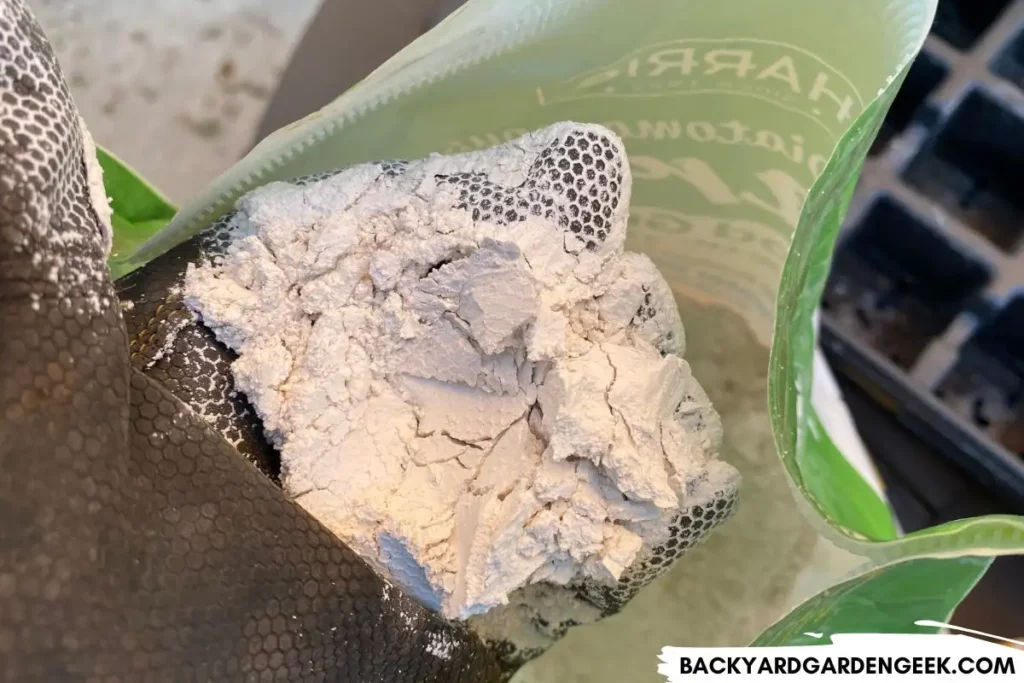
Understanding the lifespan of diatomaceous earth will help you optimize its use in your garden.
Long story short, under the right conditions, DE remains potent indefinitely since it’s a siliceous mineral, not a chemical insecticide.
That’s right: Keep it dry and properly stored, your DE won’t expire. Unlike neem oil and other insecticides, t’ll last for years!
However, several factors can shorten its active life when applied in your garden:
Moisture is the main culprit that negates DE’s effectiveness. When diatomaceous earth becomes wet, it loses its sharpness, rendering it harmless to bugs. So if it rains or if you water your garden, you’ll need to reapply DE once the area dries.
Furthermore, in very humid environments, DE can actually absorb moisture from the air, reducing its effectiveness. To combat this, consider applying DE in the cooler evening hours when humidity levels typically drop.
This won’t be a problem for most gardeners because you’ve got to have tons of humidity for DE to absorb any of it, but it’s theoretically possible, which is why I mention it.
But what about storing DE to ensure it stays useful for as long as possible? Here are a few tips:
1. Keep it Dry: As I mentioned earlier, moisture is DE’s biggest enemy. Store your DE in a dry place, away from any sources of water.
2. Sealed Storage: Keep DE in an airtight container to protect it from humidity and other environmental factors. Plastic containers with secure lids work well.
3. Cool and Dark: Much like many other gardening products, DE will last longest in cool, dry places. A shed or garage can be ideal, provided it stays dry.
4. Original Packaging: Often, the original packaging is designed to keep the product fresh and effective. That’s what the Harris company does with its DE, which is why it’s a favorite of mine. If possible, keep your DE in its original bag until you’re ready to use it.
Remember, DE’s effectiveness depends on maintaining its dry, abrasive texture. By understanding how DE functions and how to properly store it, you’ll be able to use it any time throughout the year.
How Often Should You Reapply Diatomaceous Earth?
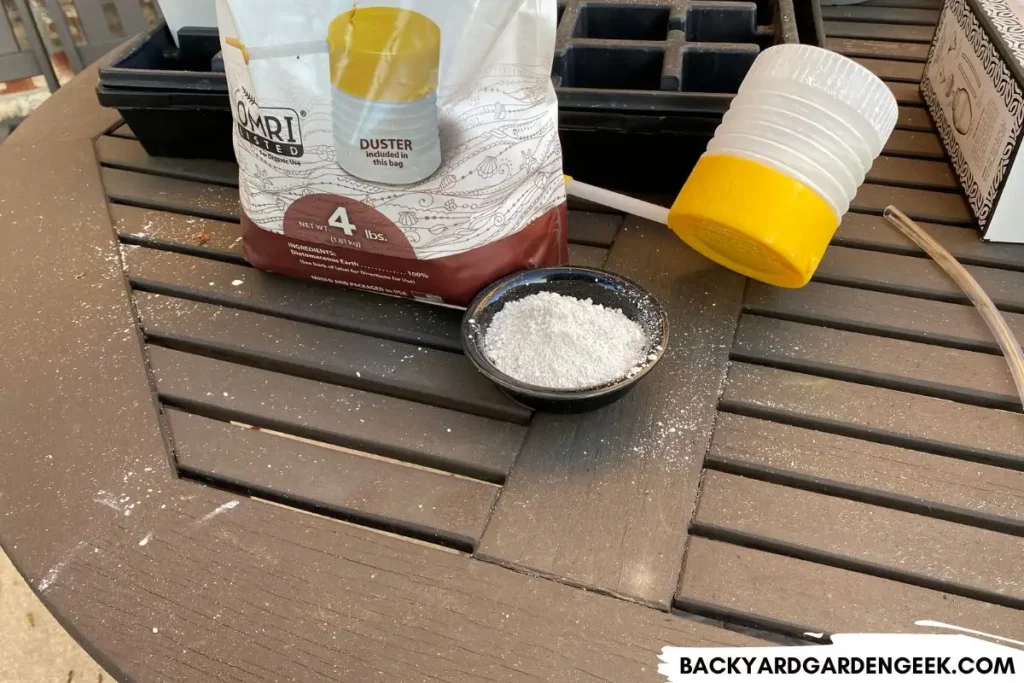
Reapplying diatomaceous earth isn’t as simple as just sprinkling it all around your garden.
To ensure maximum effectiveness and minimal harm to beneficial insects, you need a well-thought-out method.
Start with the right tools. A high-quality bulb duster is a must for selective, controlled applications of DE.
This device allows you to target specific areas where pests are most problematic, ensuring a more efficient use of your DE.
When you’re applying DE, less is often more. Aim to cover infested areas with a thin layer. Thick layers of DE might decrease your plant’s respiration abilities and slow down its development.
Safety is paramount. While DE isn’t harmful to humans or pets unless infested, it can irritate your eyes, nose, and throat when blown into the air.
To avoid this, wear a protective mask, eyewear, and gloves during application to keep yourself safe.
The first time I applied DE, I didn’t know what I was doing, and the moment I sprayed it, a gentle wind blew tons of particles into the air and into my face. I ran away as quickly as possible and learned a good lesson the hard way!
Timing also matters. Choose a calm day to apply DE, as the wind can blow it away from targeted areas and create a dusty atmosphere.
You should also apply DE when beneficial bugs aren’t around to avoid harming these useful garden allies. The very early morning or late evening, when many pollinators are less active, can be very good times to do so.
Watch out for moisture. Finally, remember that DE’s effectiveness wanes with moisture. After a rain shower or heavy dew, or if you water your garden, you’ll need to reapply DE once everything dries.
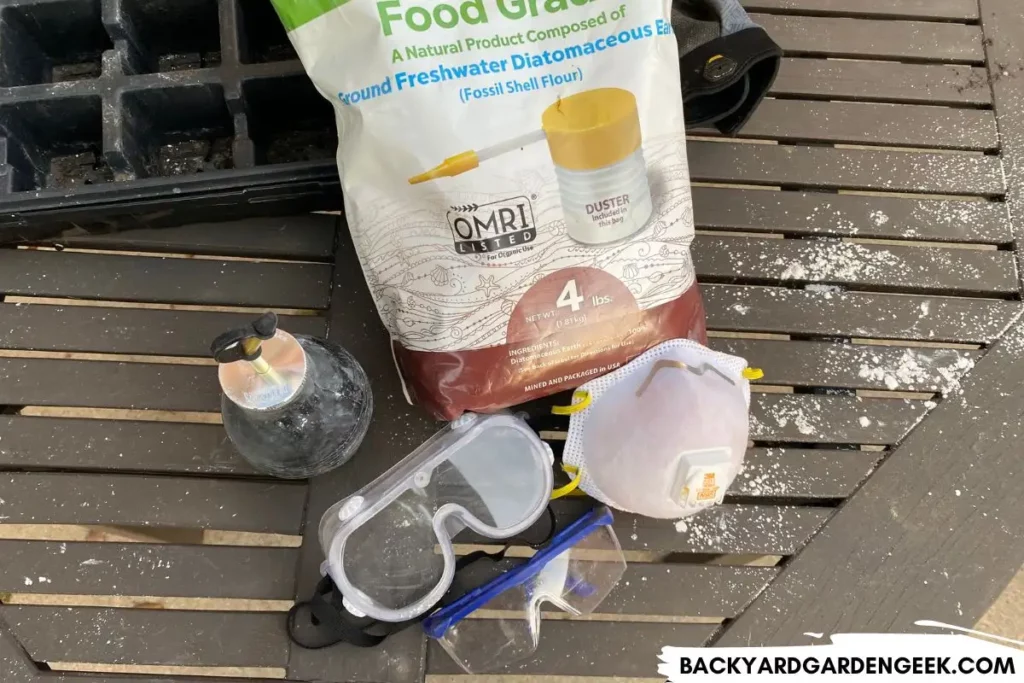
Applying diatomaceous earth isn’t just about killing pests—it’s about balancing pest control with maintaining a healthy, thriving garden ecosystem.
By using these best practices, you can ensure DE does its job against garden pests while keeping your plants and beneficial bugs safe from harm.
Want to Learn More?
If you’ve found this material interesting, you might like these related articles as well:
